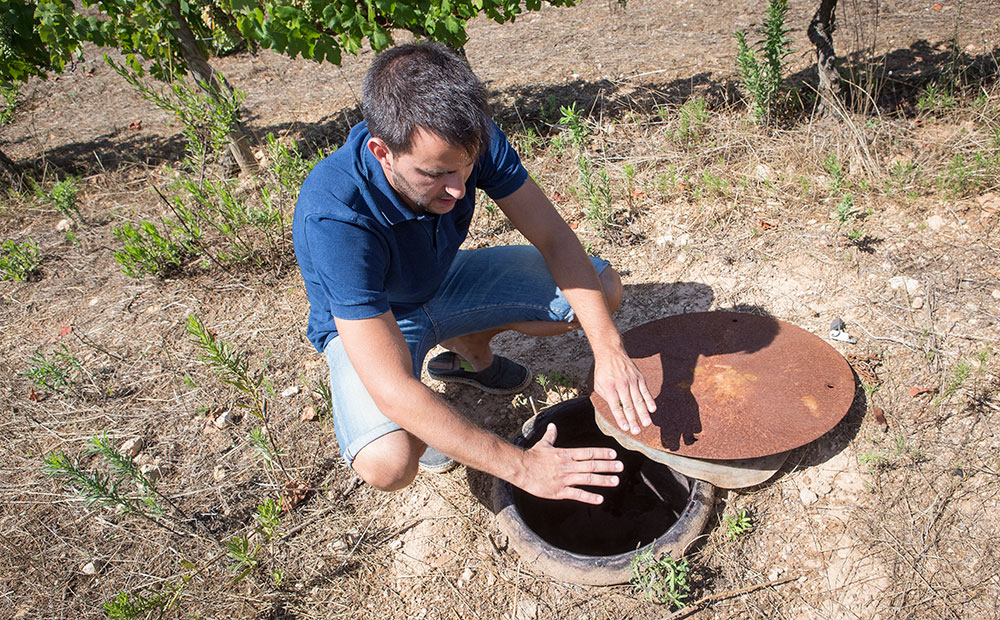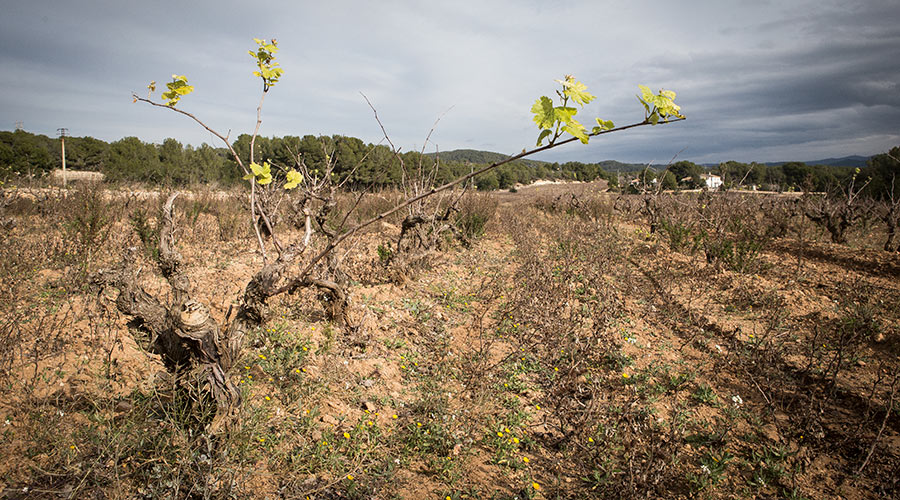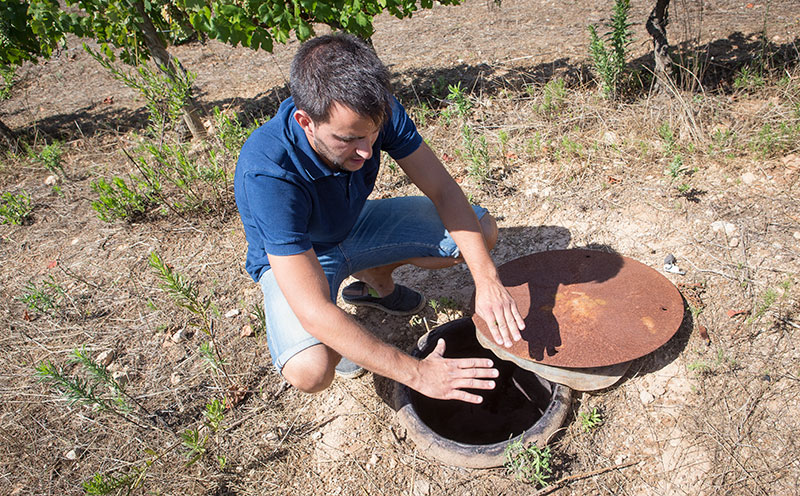This is part three a four-part series on “rebellious” winemakers in Catalunya. Please read Part One, Part Two, and Part Four
To put the massive size of DO Penedès in to perspective, you can drive the entire length of the Côte d’Or in Burgundy in about a half hour, but you’d still have to drive further, to the end of the Côte Chalonnaise to go the full distance between the cellar of Ton Rimbau and that of Eduard Pié in the village of Bonastre. Along the way, as you move from the interior to the coast and back in again, there is a change of thinking and while Eduard, like Ton goes against what may be the norm for the region, he has his own approach.
He was inspired by various wines that were being made from the region and decided to start his own cellar called, Sicus in 2012. He started with a couple of experimental wines and his goals were simple in premise but quite striking in application as he uses no oak aging in the production of his wines. Naturally, this isn’t shocking if one is just making young wines in stainless steel tanks but he’s producing higher-end wines with longer aging and none of the fruity, simplistic hallmarks of young wine.
Working and believing in full organic production (which in Penedès can sometimes just be a marketing gimmick) Eduard has taken his desire to show terroir to a level that few others reach. For his top wines of Sons Xarel·lo and Monastrell (Mourvèdre) he ages them in amphorae that he’s buried in between the rows of the vineyards. The advantage he finds is, “I can be assured that all the yeasts come directly from the vineyard, without any interference from anything else that might be in the cellar. It’s a purity of terroir.”
While many in Catalonia are making use of natural, ambient yeast fermentation as opposed to selected ones, this approach is not done by many if any in the region and is more often seen by those who make wine with the traditional kvevri vessels in Georgia. It’s a tricky method as it’s incredibly risky. With no ability to do temperature control out in the vineyard, he has to let the amphora go on whatever ride it wants. Given this he admits, “At times there are amphorae that are faulty and I don’t bottle them.”
The resulting wines aren’t as wild and woolly as one might expect. They are in fact, nuanced, delicate and textured. The Xarel·lo has an ethereal, floral aspect that while more rustic than one that’s only seen stainless steel aging, it has incredible definition and overall integration. The Monastrell takes to the amphora even more as despite its wanton desire to make wines that are often rustic, Eduard’s result is layer upon layer of flavours. Herbal notes play with meaty, chewy tannins, and a brooding burst of dark and red fruits. These wines as well as his monovarietal, single vineyard wines constantly show an evolution when tasted year after year that’s impressive for such a young winemaker.
Continue to Part Four


